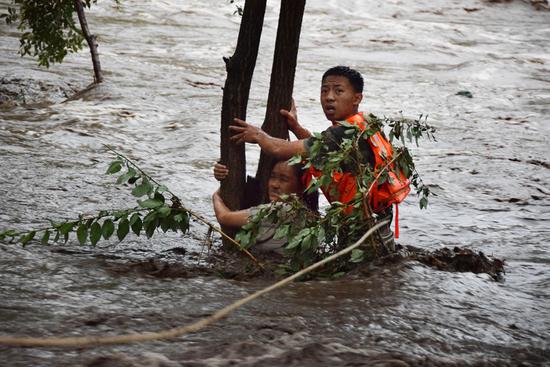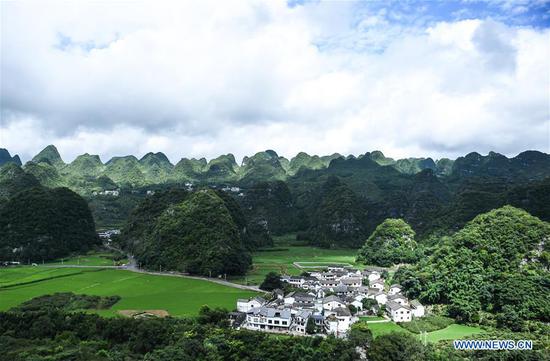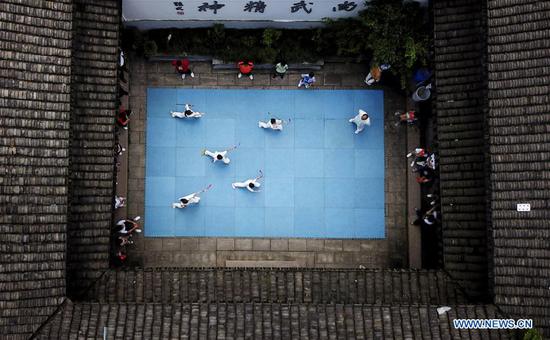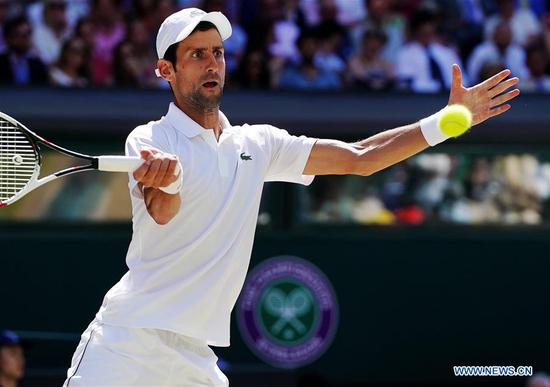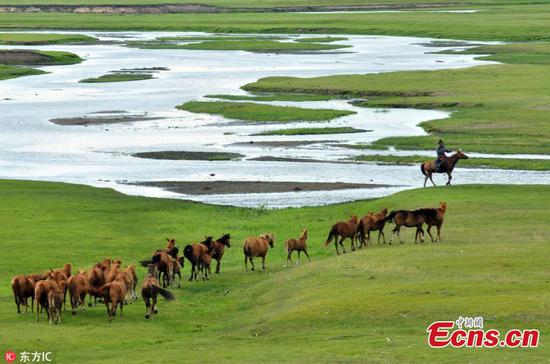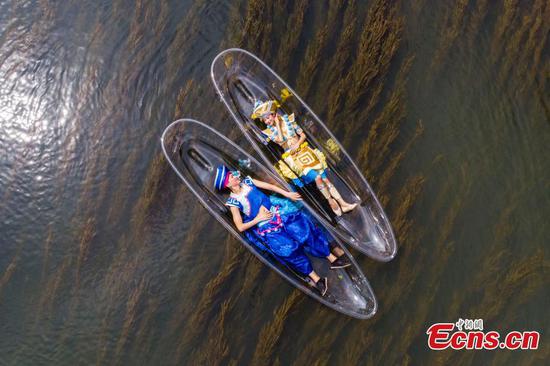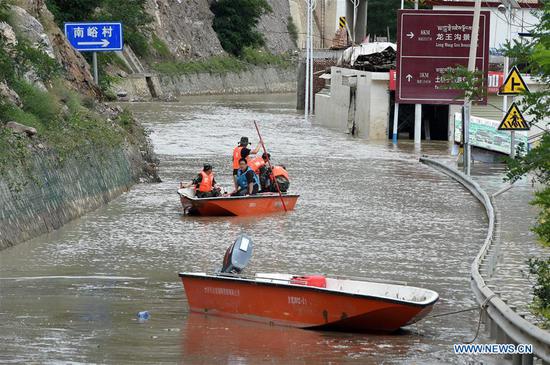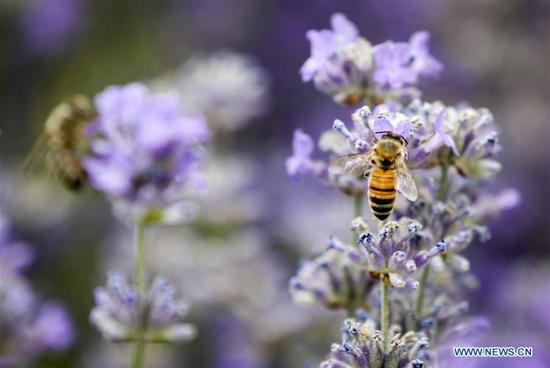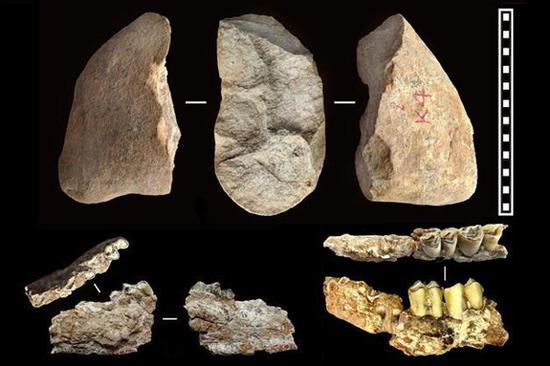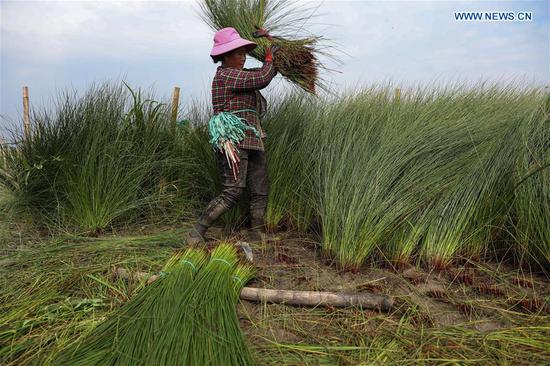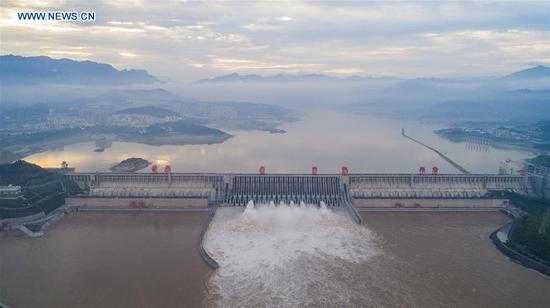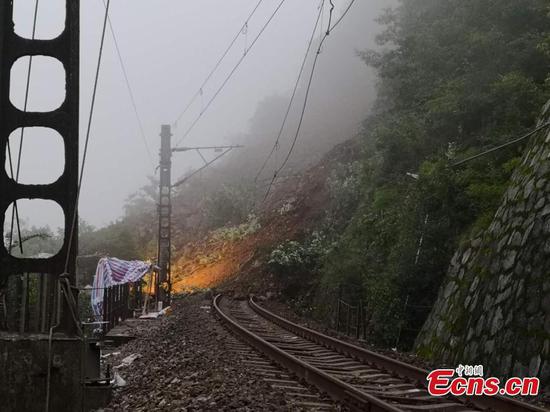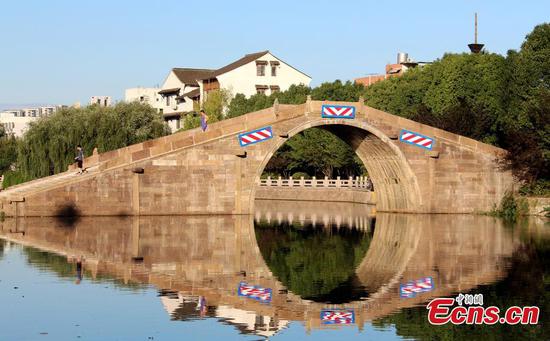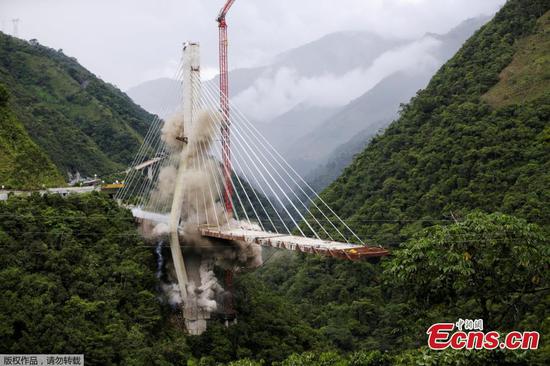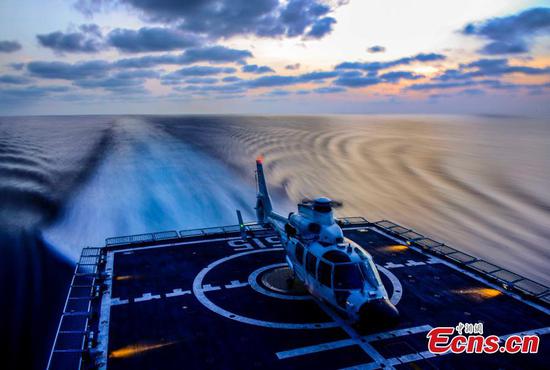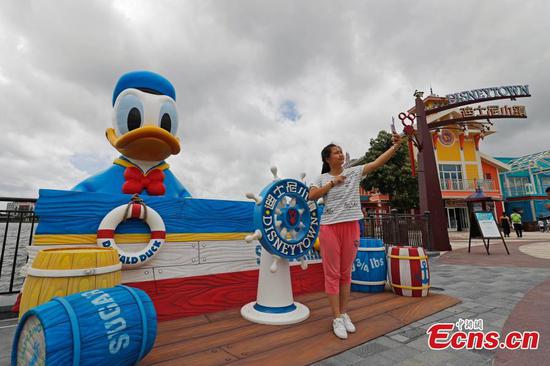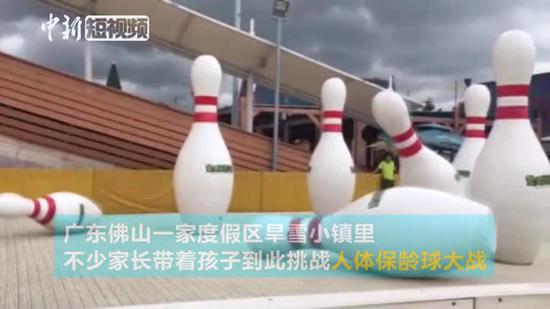Plantation still needs fresh water, method impractical: researcher
China's agricultural experts are questioning whether sea rice can be grown in commercial quantities in tidal flats after an article cast doubt on the idea of feeding more people with salt alkali-tolerant rice.
It is impractical to grow large-scale sea rice in coastal shoals since sea rice needs to be irrigated with diluted sea water. Sea rice still depends on fresh water irrigation, wrote Ling Qihong, who specializes in rice cultivation, on the recent issue of China Rice magazine.
The Sea-Rice Research and Development Center in Qingdao, which spearheaded sea rice research in China, rebuffed Ling's opinion, saying the large-scale plantation of sea rice can be irrigated with alkaline water near saline-alkaline land, and that there was no need to mix fresh water with seawater.
Sea rice can be watered by alkaline water near saline-alkaline land, with lower salinity. The rice varieties the center develops can grow with 0.6 percent saline water," according to a statement the center sent to the Global Times on Monday.
"Sea rice is the layman's term for salt-alkali-tolerant rice. It cannot be directly irrigated by seawater as its literal meaning shows," it noted.
Li Xinqi, a research fellow at the China National Hybrid Rice R&D Center, told the Global Times on Monday that the salt alkali-tolerant rice was initially developed to make it survive in land that suffers from seawater.
Ideally, salt alkali-tolerant rice can be directly watered by seawater, which is what researchers are aiming for in the future. Seawater is saline up to 3.5 percent.
Salt alkali-tolerant rice can thrive if it can tolerate a certain level of salt and alkali. About 6.7 million hectares of saline and alkaline land can be saved if the rice can survive in 0.6 percent saline water, Li said.
The center also noted that the use of "the four dimensional improvement technology" using censors and big data technologies would further stabilize sea rice during plantation.
Yuan Longping led the project to develop sea rice, who has been dubbed China's "father of hybrid rice." Yuan said that "if the sea rice expands to 6.7 million hectares with the lowest rate of 300 kilograms per 1 mu (0.07 hectare), rice production would increase by another 30 billion kilograms, and 80 million more people could be fed."
Together with standard planting techniques, sea rice can be used across China by 2020 after the first national standard seawater rice variety is approved in 2019, the center told the Global Times.
The Qingdao center is promoting sea rice in the Middle East and Southeast Asia, and is planning a 100-hectare sea rice plot at a Dubai desert in 2019.










